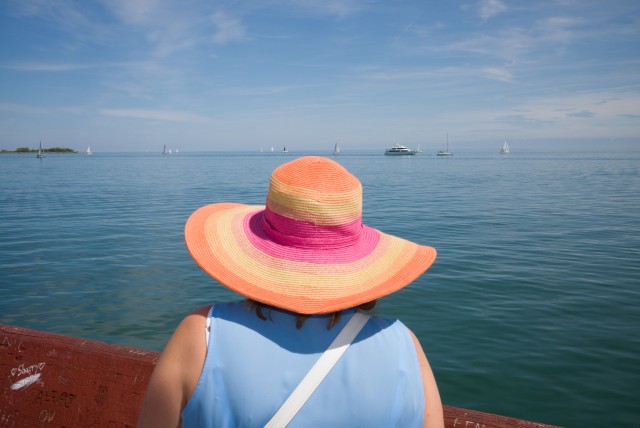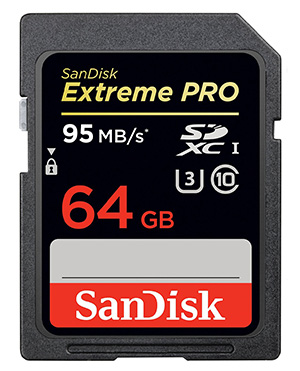I’m not a dentist, or a lawyer. I’m not a style conscious celebrity and I’m definitely not the wife of a wealthy Chinese industrialist. So why the heck did I spend $7000 bucks on a Leica M 240? This question is finally answered in my long-awaited Leica M 240 review for street photography. Hit the jump for all the juicy details!
StreetShootr’s Leica M 240 Review For Street Photography

I’ve been shooting with the Leica M 240 for nearly 9 months now. And during that time we’ve fallen in love, we’ve fought and we even had a trial seperation. But after a couple of weeks apart, we made up and have been happily shooting together ever since. So it’s about time I got this review published!
Leica M 240 was introduced at Photokina in September 2012 but started finding its way into phtographers hands around March 2013. The camera remained in very short supply until early 2014 but has been readily available ever since. I picked mine up in November 2014.
I’m not going to go into a lot of technical details about the camera but instead will focus on how the Leica M 240 fares as an everday street photography shooter. There are quite a few things that stand out on the M 240 and a number of things that drive me a little crazy. Let’s have at it!
CCD? I Don’t Need No Stinking CCD!

When the Leica M 240 was first introduced a lot Leica M9 users were baffled by the fact that Leica abandoned their legendary CCD sensor in favor of a new 24MP CMOS sensor developed for Leica by CMOSIS. After all, a big reason a lot of people shot with the M9 was the incredible colors produced by the CCD sensor. The images put you in the mind of Kodachrome and that was definitely a good thing.
Images from the new CMOS sensor in the Leica M 240 don’t look anything like the images shot on the M9, and I have to admit that I was initially disappointed with the color the camera produced. Images appeared flat and a little lifeless straight out of the camera but when you treat the raw files as a starting point in lightroom you quickly see what the new sensor is capable of doing. With a little bit of tweaking you can get some beautiful images with vibrant and punchy colors.
Here’s a comparison of two shots. The before is straight out of camera and the after has my typical post processing applied in Lightroom:
I generally add a little contrast, manage highlight brightness and maybe throw on a VSCO preset if I’m feeling fancy. It’s a really simple workflow that produces results that I like.
Does it look like the M9? Nope. Like Kodachrome? Not even close. But M 240 colors are still rich and punchy without that electric hyper-realistic quality that sometimes plagued the M9 sensor. Images are alive while still appearing natural. I would argue the M 240 has its own unique look that will stand the test of time.
Body Design And Handling
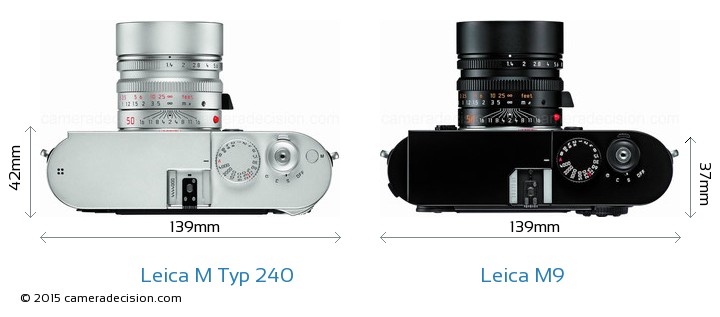
The Leica M 240 is the same width and height as the M9 but it’s 5mm thicker and 95 grams heavier. A lot of Leica users felt the camera was just too big but the difference is negligable. Still, you have to wonder how it’s considered progress for a camera company to release a new version of its flagship camera that’s actually larger than its predecessor?
For the first couple months it felt like a monster banging against my chest. The extra thickness meant nothing to me but the extra 95 grams was something that I was aware of right away. But as time went on I adjusted to the extra size and I can say after 9 months of heavy use, the camera feels just about perfect in hand.
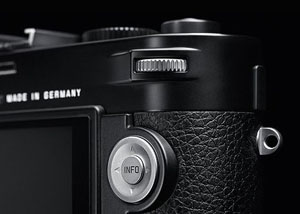
The Leica M 240 body features a short thumb rest on top of the selector wheel. I wouldn’t hang the camera off this particular grip component but it honestly does give you somewhere to anchor your thumb and creates a fulcrum point for maneuvering the camera with one hand.
Match Technical also make a Thumbs-Up for the Leica M 240 and it’s a huge improvement over the built in thumb rest if you shoot with a wrist strap. But I generally keep my camera around my neck and felt the larger protruding brass hook got in the way more than it made sense for me. As it stands, your thumb naturally falls on the built in thumb rest and it’s a welcome improvement over the M9’s smooth back.

Rather than include a flimsy battery door the Leica M 240 gives a nod to the past and uses a removeable bottom plate. In the old days, the bottom plate created a light tight seal around the film chamber and was part of a quick and reliable way to change film in the field. Now it seems to be more of an anachronistic nod to the past but long time Leica users will feel right at home.
Many people feel that the removable bottom plate gets in the way of every day operation. As much as I understand the design decision I would prefer a fixed base with a solid battery door. Would just be easier to use with less fumbling for battery changes on the street.

The Leica M 240 shutter button doesn’t have the long throw of the M6 or M9 and feels more like a typical DSLR shutter button. Shallow half press before a solid click activates the shutter mechanism. While this does eliminate the need for a soft release when I still use one out of force of habit.
If you’re going to use a soft release remember that the Leica M 240 uses a slightly different thread pitch on the shutter button and you need a soft released speficially designed for the camera. My preference is for the Match Technical Bug O S. They’ve added an o-ring so the release is less likely to fall off and the ladybug theme adds a touch of whimsey to an otherwise stoic camera body.
Buttons are logically laid out and generally easy to find without fiddling with the camera. The dedicated ISO button makes changing ISO on the fly a no brainer – just press the button and rotate the thumb wheel to select your ISO without having to drill down into a menu!
Aperture priority shooters will alos appreciate the fact that you can set expsoure compensation directly without an extra button push. Once enabled from the SET menu you can simply rotate the thumb wheel left or right to dial in the exposure compensation you need on the fly. The viewfinder provides feedback on every shot to let you know that this is enabled so you won’t forget and shoot the entire day underexposed.
I shoot exclusively with manual exposure so that’s not a huge concern for me but it’s another nice touch and it shows Leica is thinking about how photographers acutally use their cameras.
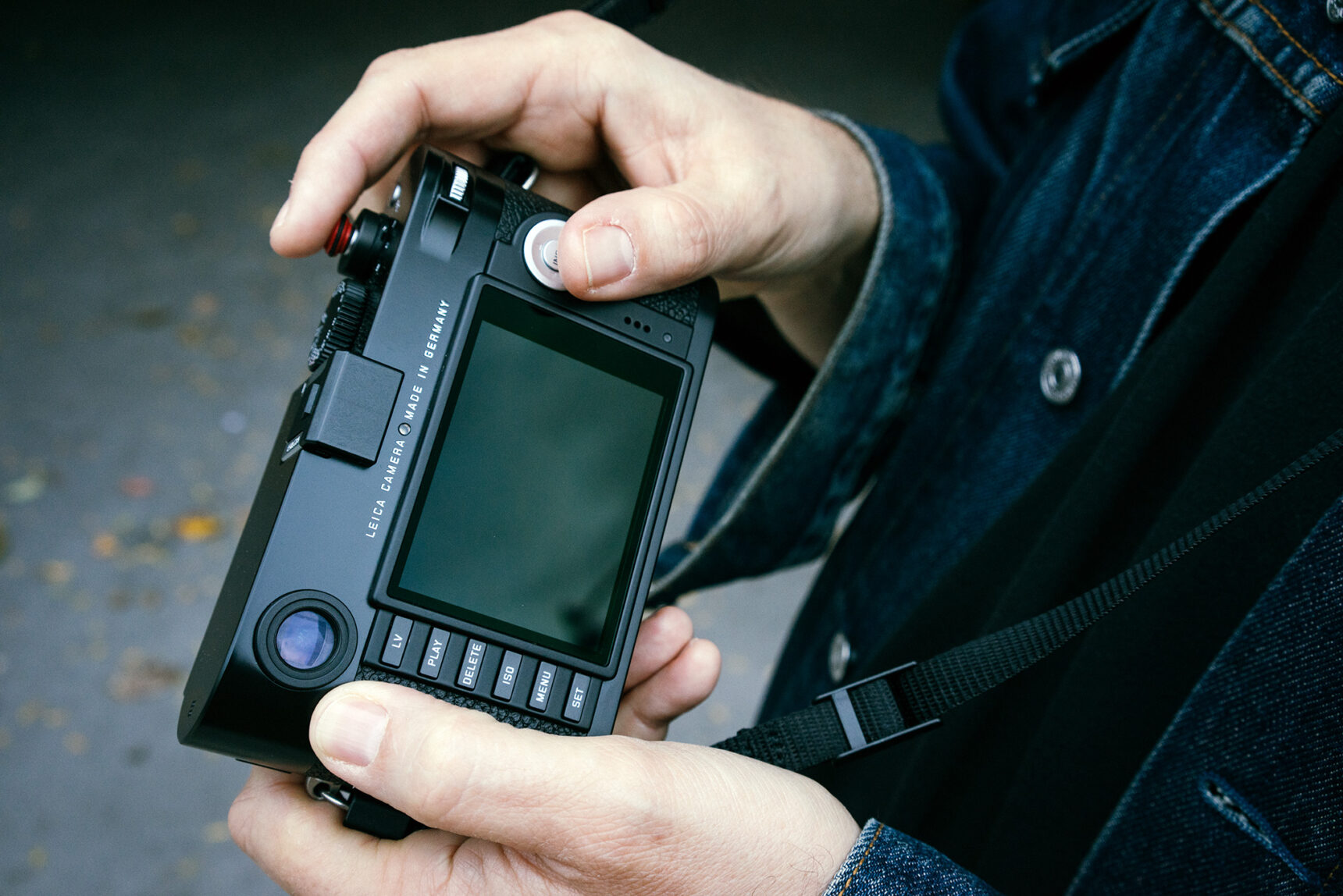
Finally the LCD screen is… SO MUCH BETTER! The M9 had a notriously terrible LCD that was barely usable for adjusting menu settings. The Leica M 240’s screen is bright and clear with enough resolution to view images in broad daylight and with a bit of practice you can use the LCD to judge exposure in tricky lighting situations. It’s protected by Gorilla Glass™ and mine is scratch and chip free after 9 months of heavy use.
High ISO Performance
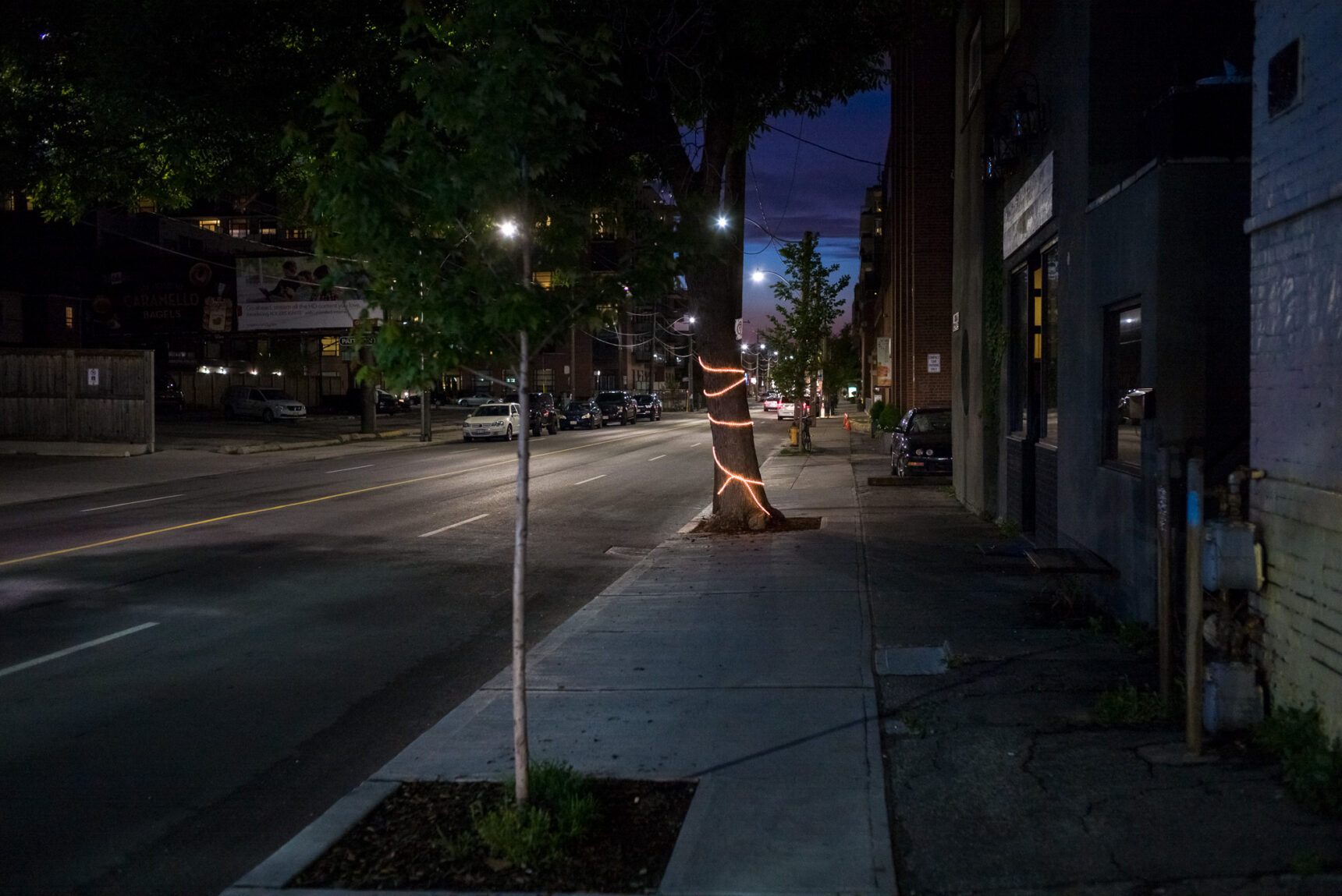
Let me just say it. The Leica M 240 is WAY behind the curve in terms of high ISO performance. Compared to the M9 it’s a major step forward and I can comfortably shoot up to ISO 1600. Anything above that and the files start to look a little “thin” to my eyes. Almost like you can see the camera struggling to keep up.
But compared to the rest of the photographic industry, the Leica M 240’s high ISO performance is lagging behind. Granted, the camera was released in 2013 – a veritable lifetime in a world where digital cameras are released or updated yearly! I suppose the fact that it can even hold its own is something at this point but don’t expect it to be a low light wonder. It’s not.
This being said, I normally keep the camera at 400 ISO and only jump to 1600 if I’m shooting indoors or at night. In practical terms the camera can get through most shooting situations but the image does start to suffer at 3200 ISO and higher.
Optical Viewfinder And LED Framelines

The “M” in Leica M 240 stands for Messsucher (Meßsucher) which is German for “Rangefinder”. Let’s face it, the reason most people shoot with a Leica M (of any sort) is the experience of using a rangefinder and the analog viewfinder is a critical part of this system.
In the past, Leica rangefinders used a secondary window to illuminate the framelines visible in the viewfinder. Nifty bit of engineering but the system struggled in low light situations. The framelines in the Leica M 240 are now artificially lit by variable intensity LED lights and the result is bang on. The lines are bright and clear in all lighting conditions and the framelines to get brighter in sunlight and slightly darker in low light so they never overpower the scene you’re viewing.
The framelines are optimized for a 2m distance which means the framelines size matches image sensor size at 2m focusing distance. Anything closer and your recorded frame will be slightly smaller than the framelines – anything farther away and it will be a little bigger. This is something rangefinder shooters have been dealing with since the original M and with a little practice you can get a good feel for the frame. Going back to 2m is a definite improvement over the M9 which was optimized for 1m.
I’m not sure what magic is in the M 240 optical viewfinder (Leica claims it is optically identical to the M9) but to my eyes the combination of bright optics and excellent LED framelines make for a near-perfect shooting experience. Definitely the best I’ve used on any Leica M to date.
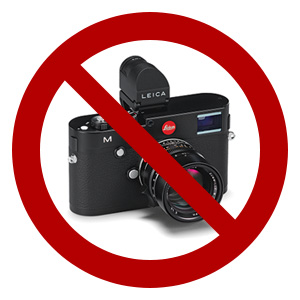
While the Leica M 240 does have the ability to use an EVF I consider this an abomination that should be avoided at all costs. One of the main reasons to shoot with an M is for the rangefinder experience. If you take that away and use an EVF then you’ve essentially taken away everything that makes the camera unique. Rangefinder focus is quick and easy – don’t mess with a good thing!
This being said, future versions of the Leica M will likely have some type of electronic / optical hybrid as the current system is expensive and difficult to keep aligned. I’m interested to see what they come up with but really hope it’s going to have an optical component at the very least. The EVF in the Leica Q is nice enough but it’s not for me!
Big Fat Battery Life
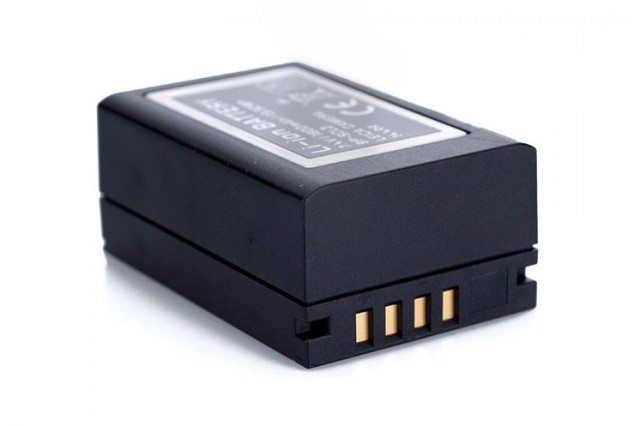
The battery life on the M9 sort of totally sucked. Depending on the battery and how you used your camera you could be lucky to see 100 shots from a fully charged battery. But the Leica M 240 uses an all new 1800 mAh battery and Steve Huff reported getting 1500+ shots on a single charge!
With the way I shoot I might get around 400-500 shots depending on the day. I typically go out with 2 fully charged batteries (1 in the camera and another in my bag) but it’s very rare that I’ll have to change to the second battery during a full day of shooting. Which is a good thing because these batteries are around $160 USD each! Youch!
It’s worth mentioning that the new charger is super fast and will charge an empty battery to full in about 2 hours.
Power On / Wake From Sleep Time
Start up and wake from sleep times for the Leica M 240 are around 3 seconds. I’m not going to pull any punches on this one. This is plain unacceptable in a modern camera. Canon DSLRS have had .1 second startup times for nearly 10 years. 3 seconds is a joke.
Thorsten Overgaard points out that you can cut this time down to just over 1 second if you use a SanDisk 64GB 95MB/sec SD card. While this definitely works, I’ve found the start up time is just under 2 seconds. Not sure why using a specific card would have an effect on startup times but there it is.
This being said, if I set the camera to enter power saving mode after 10 minutes instead of the default 2 minutes, I find that I rarely run into a situation where the camera is sleeping when I want to take a shot. Battery drain is approximately 5% per hour when you do this but the new battery is so good you’ve got plenty of room for a full day of shooting. Works for me, anyway.
Street Photography With The Leica M 240
I’d like to say the Leica M 240 is stealthy and lets me shoot discreetly while life lives itself around me. But we all know that’s a load of bullshit. People can see you taking pictures and using a Leica doesn’t make you invisible. In fact the Leica M 240 probably attracts more attention than I’d like. Every time I’m out several people will point and say, “Nice camera!”. Or someone else will stop to ask if it’s a film camera. People can see it.
But what the camera does is give me a reliable shooting partner that perfectly matches my way of seeing. The shutter sound is a discreet little clunk that’s barely audible from a few feet away. I zone focus the lens so I’m always ready for the next shot and the optical viewfinder is “always on” so the camera is ready when I am.
In the 9 months I’ve been shooting with the Leica M 240 I’ve actually stopped thinking of it as anything other than the thing I use to take pictures. It’s an extension of my hand and never gets in the way while shooting. The camera setting I access the most is ISO and the dedicated ISO button makes this quick and easy. It’s a camera first. And truth be told I really enjoy shooting with it.
I’ve taken some of my best shots with the Leica M 240 but I’m not convinced that any of these shots depended on me using this specific camera in order to get them. But it certainly helped! Look, there’s a reason so many photojournalists and documentary photographers use this camera. It’s nimble, quick and reliable. 3 things you’re going to need to capture any decisive moment.
The Leica M 240 is available at your favorite online retailer:
Leica M 240 (Black) At B&H.
Leica M 240 (Silver) At B&H.
Leica M 240 (Black) At Leica Store Miami.
Leica M 240 (Silver) At Leica Store Miami.
Leica M 240 (Black) At Adorama
Leica M 240 (Silver) At Adorama
StreetShootr’s Take
There’s no doubt that the Leica M 240 is a huge improvement over the M9 but that doesn’t make it a perfect camera. In fact, feature for feature the camera can be bested by any number cameras costing 1/3 the price. So why do people (myself included) keep shooting with these things?
It used to be that you could bring up Leica glass and win that argument. But Leica glass can be easily adapted to Sony’s excellent A7 series of cameras which are technological marvels in their own right. So what could possibly justify the extra expense of a Leica M 240?
The truth is there are ineffible qualities to shooting with a Leica that engages some people in ways that inspire them. Maybe it’s shooting with a rangefinder as opposed to an EVF or SLR. Maybe the way the camera feels in your hand. But the baseline responsibility of any camera is just to record the image. The psychology of the frame and the myriad of other qualities that make up a good photograph are entirely up to the photographer.
It’s like owning an expensive car. Owning a Porsche or a Maserati doesn’t make you a better driver, but it makes driving better. No camera will make you a better photographer but if a particular camera/system makes the process of shooting better for you then you’re on the right track. It’s one less distraction while you’re on the street.
I know it’s not for everyone but 10,000 shots later and I’m still perfectly happy shooting with the Leica M 240.
What’s your take on StreetShootr’s Leica M 240 Review for street photography? Good insight into an expensive but very usable camera? Or inane ramblings of yet another Leica fanboy? Post your ideas in the comments below and keep the conversation going!


